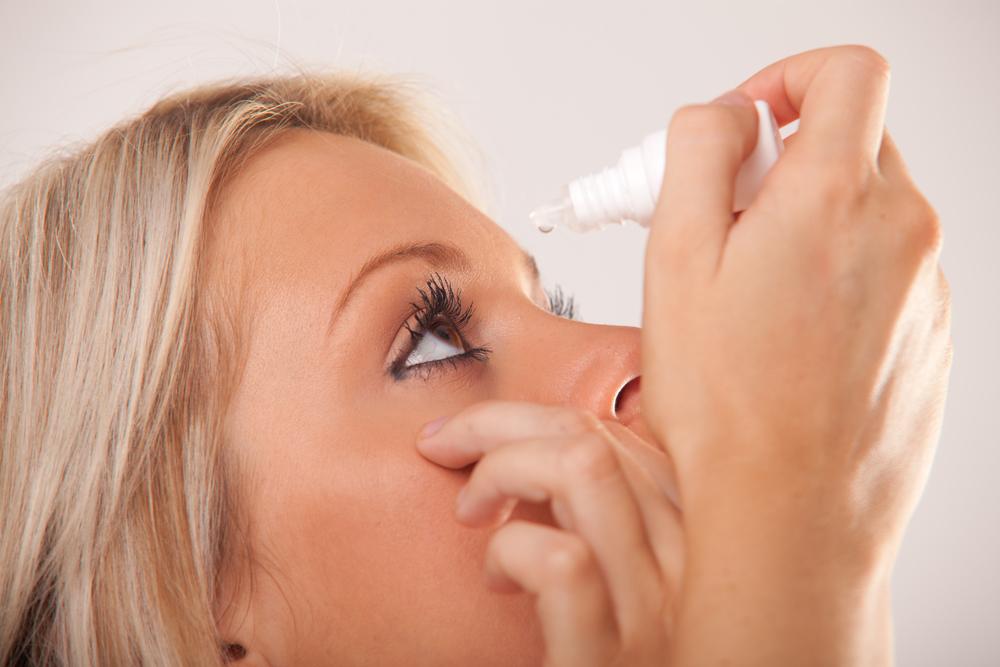
Causes and Symptoms of Chronic Dry Eyes
Dry eye syndrome is one of the most common reasons for people to visit an eye specialist. In the country, more than 5 million suffer from dry eyes and related issues. Dry eyes are more frequently seen among women than men. Herein, you can read more about chronic dry eyes, its causes, and the symptoms.
What is a dry eye syndrome?
Dry eyes occur when there is a lack of lubrication and moisture on the surface of the eyes. As you may be aware, tears are necessary to maintain the health of the eyes. It is important to clear vision as well. Dry eyes are a chronic condition in which there will not be an adequate production of quality tears leading to other complications. However, over-the-counter (i.e., eye gels, eye drops, and ointments) and doctor-prescribed treatments, such as Restasis (Cyclosporine Ophthalmic Emulsion) and Xiidra (Lifitegrastdry) prescription eye drops, can significantly ease dry eye symptoms and restore moisture and comfort to the eyes.
Causes of Dry Eyes
A lot of factors will lead to insufficient tear production, which results in dry eye syndrome. Here are some of the common factors that influence good quality tear production.
-
Aging
As you age, the chance of developing dry eye stands higher. Most people develop symptoms of dry eyes after the age of 50.
-
Menopause
Women, after menopause, have a higher chance of developing dry eyes.
-
Health conditions
There are certain health conditions like diabetes, thyroid dysfunctions, rheumatoid arthritis, Sjogren’s syndrome, lupus, which can lead to dry eyes.
-
Medication
Medications such as antihistamines, antidepressants, blood pressure medications, decongestants can lead to reduced tear production.
-
Environmental factors
Overexposure to the wind, air, smoke etc. can also trigger symptoms of dry eyes.
-
Lifestyle factors
Prolonged staring at the computer screen, frequent travel in airplanes, failure to blink eyes frequently, etc. contribute to dry eyes.
-
Eyelid problems
The inability to properly close the eyelids or other eyelid issues can also cause reduced production of tears.
Symptoms of dry eyes
The symptoms of dry eyes vary from person to person. Some patients with severe dry eye syndrome might not have the discomforts of the disease. On the other hand, some patients with mild dry eyes will have severe symptoms and discomforts of the disease.
Here are the most common symptoms of dry eyes:
- Burning sensation in the eyes
- Pain in the eyes
- Redness or itchiness in the eyes
The less common symptoms include
- stringy mucus in the eyes;
- watery tearing;
- tiredness in the eyes;
- difficulty in reading or concentration of tasks that require you to focus with eyes;
- difficulty in working on laptop/computer for a long time;
- blurry vision or doubled version;
- a feeling that some small substance like sand or dust lies in the eyes;
- discomfort in wearing contact lens; and
- sensitivity to light.
If you have any of the above symptoms, make sure you consult your doctor. Even though the dry eye will not lead to permanent vision loss, it can be bothersome on the basis of the severity of the symptoms. Also, it can lead to eye infections. An expert ophthalmologist can determine the severity of dry eyes through a series of eye tests and examination. It’s better to timely consult a doctor than to regret later.
Interested in more articles about Wellness ? Explore them here. Keep yourself updated with fresh content by liking us on Facebook or subscribing to our Newsletter.
If a daily dose of fantastic images related to Women’s Lifestyle gets you going, follow us on Instagram .




